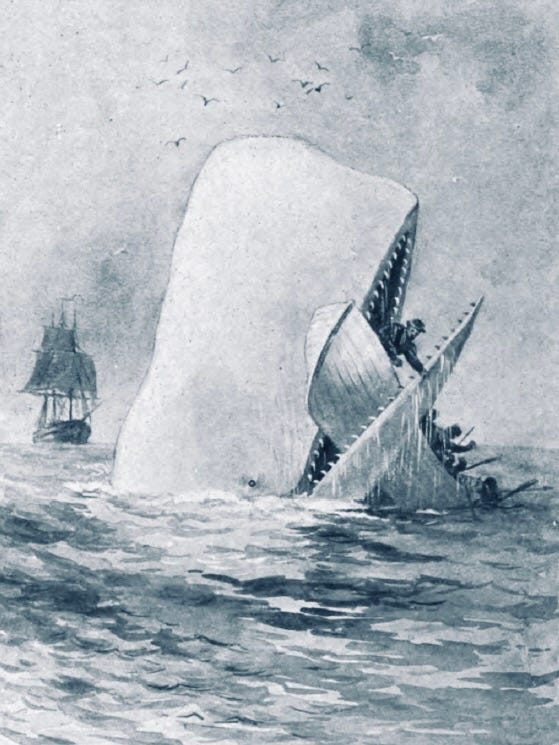The latest episode of Digital Jung is now available:
“The creative process, so far as we are able to follow it at all, consists in the conscious activation of an archetypal image, and in elaborating and shaping this image into the finished work. By giving it shape, the artist translates it into the language of the present, and so makes it possible for us to find our way back to the deepest springs of life.” 1
The podcast returns today with a new episode after several weeks of what turned into something of an unexpected hiatus.
The first few months of this year found me teaching four different classes for three separate organizations. Each of those classes has been a privilege and a wonderful experience — I’m always grateful for the opportunity to interact with reflective and thoughtful people — but they have, understandably, demanded all of my focus and attention. Now, as those commitments wind down, I am able to return my creative energies to the podcast.
The next two episodes — continuing this season’s theme of exploring the symbolic world of Melville’s Moby-Dick — are compilations of excerpts from a talk that I gave several years ago titled Moby-Dick: An American Myth.
Episode 6 begins with an exploration of the creative process and the importance of art for the psychological life of the culture. I explore the distinction that Jung makes between what he calls psychological (meaning ‘personalistic’) art and visionary art. A visionary work of art, he states, brings an important corrective to the collective values of a culture. It is just this, I believe, that makes Moby-Dick an American Myth with something crucial to say, not only about the American psyche, but about the spiritual and psychological concerns of contemporary life in general. As Jung writes:
“What is of particular importance for the study of literature, however, is that the manifestations of the collective unconscious are compensatory to the conscious attitude, so that they have the effect of bringing a one-sided, unadapted, or dangerous state of consciousness back into equilibrium.”2

In the second part of the episode, I compare the hunt for the white whale — approached in very different ways by the two main characters, Ishmael and Ahab — with the mythological motif of the hero’s fight with the dragon.
In connection with this image I consider this question: Is Moby-Dick, like the mythological dragon, an image of primordial chaos to be overcome? That certainly reflects Ahab’s belief and underlies his motivations. Or is the whale an image of the life of the depths, the life of nature — a symbol for something that might help us “find our way back to the deepest springs of life?”
As I discuss in the episode, the consequences of these radically divergent attitudes have profound implications for the collective life of the planet.
I hope you enjoy this new episode of Digital Jung. Please be sure to check it out. You can find it wherever you listen to your podcasts or simply by clicking this link: Moby-Dick: An American Myth, Part 1
Thanks for listening and take good care!
C.G. Jung, On the Relation of Analytical Psychology to Poetry
C.G. Jung, Psychology and Literature




You've done such a great job discussing a story so dense and multilayered that the symbolism is often hard to speak of clearly. This series seems tailor-made for my delight. Thank you!